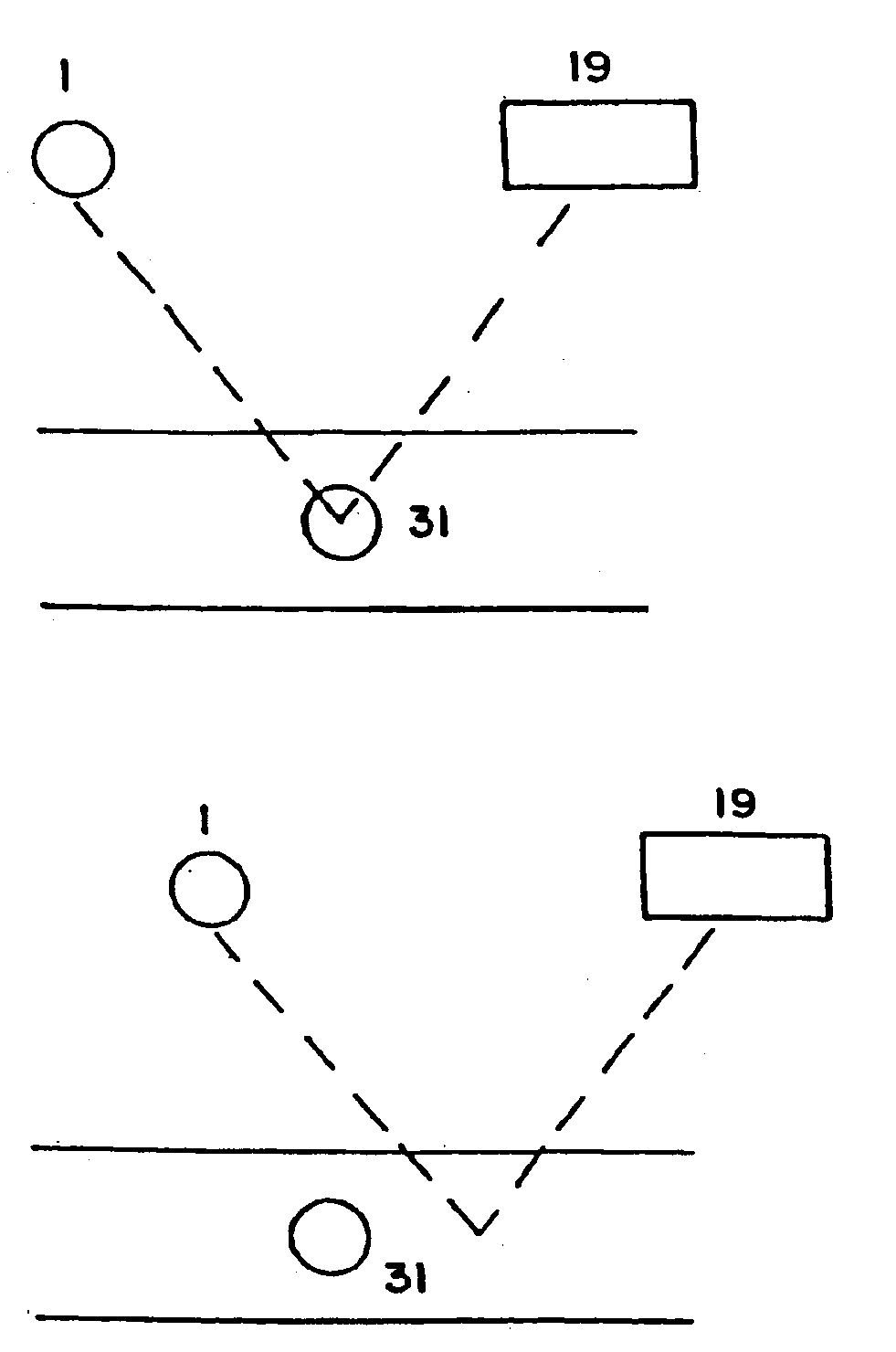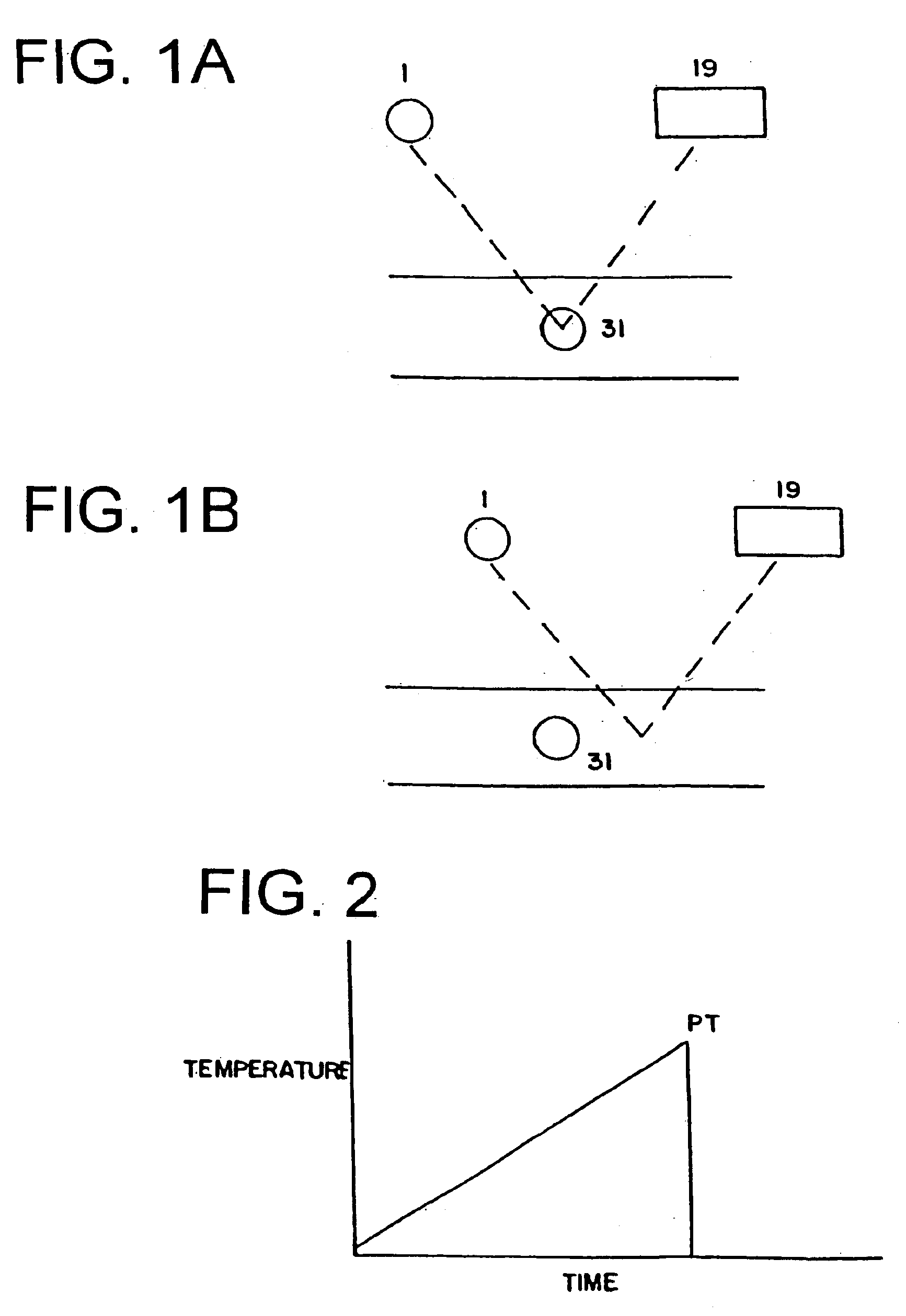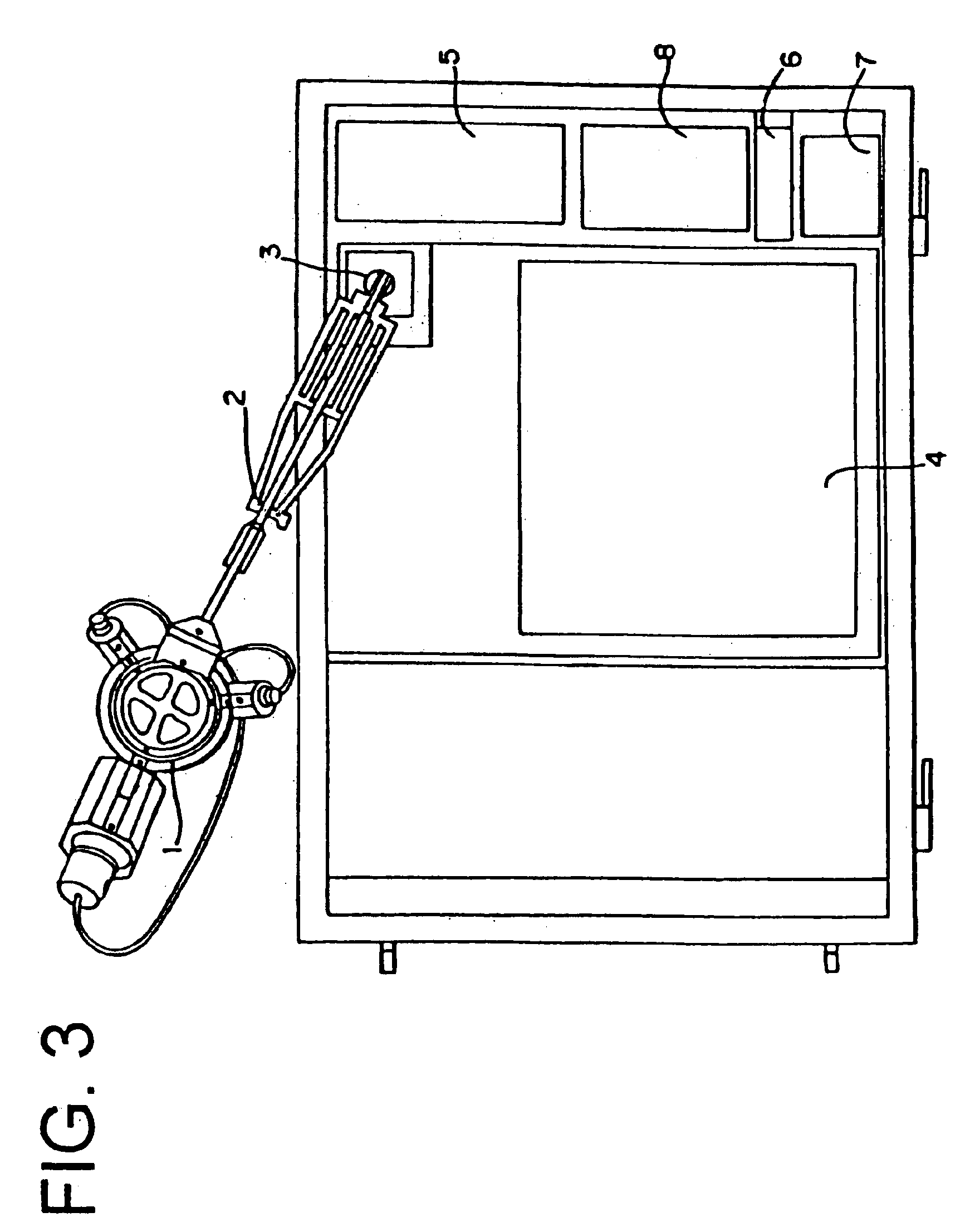Comprehensive pain assessment systems and methods
a pain assessment and system technology, applied in the field of neurological diagnostic tools, can solve the problems of ineffective care and inhumane treatment, no objective method available for its measurement, and significant fraction of pain therapy prescription drug demand
- Summary
- Abstract
- Description
- Claims
- Application Information
AI Technical Summary
Benefits of technology
Problems solved by technology
Method used
Image
Examples
example 1
Feedback Control Procedure for HBD
[0147]Demonstrated in the present example, a preferred embodiment provides a stable stimulus temperature at the target site and counters the effect of the tendency of a hand-held unit to move or change position under operator control upon the emission received by a target. The device achieves this automatic compensation for the effect of distance change by means of a look-up table procedure in the power control software. The process, illustrated in the flow diagram FIG. 18, was investigated using an optical bench apparatus.
[0148]Thus, regardless of tremor or other movement in the hand of the operator, the effect of the stimulus beam on target temperature is held substantially constant—at the value previously defined as producing the nominal temperature at the nominal distance of the arm-mounted version regardless of distance (within limits). Should the operator attempt to use the device outside of these limits the sonar will disengage the power to t...
PUM
 Login to View More
Login to View More Abstract
Description
Claims
Application Information
 Login to View More
Login to View More - R&D
- Intellectual Property
- Life Sciences
- Materials
- Tech Scout
- Unparalleled Data Quality
- Higher Quality Content
- 60% Fewer Hallucinations
Browse by: Latest US Patents, China's latest patents, Technical Efficacy Thesaurus, Application Domain, Technology Topic, Popular Technical Reports.
© 2025 PatSnap. All rights reserved.Legal|Privacy policy|Modern Slavery Act Transparency Statement|Sitemap|About US| Contact US: help@patsnap.com



